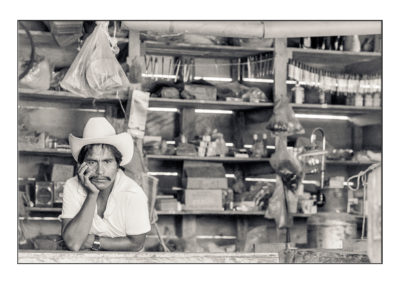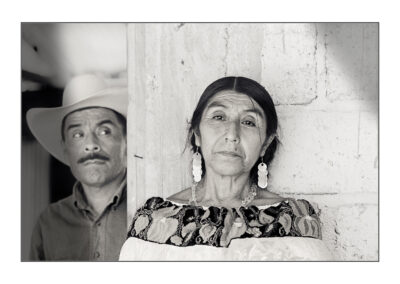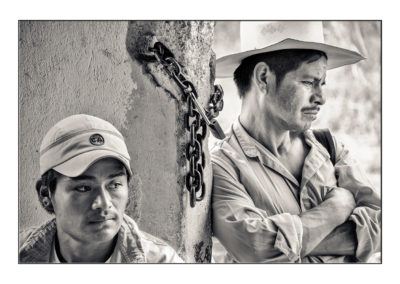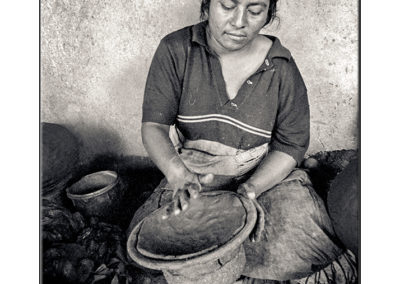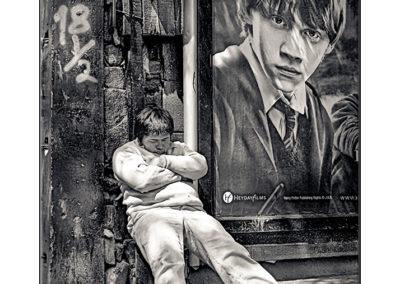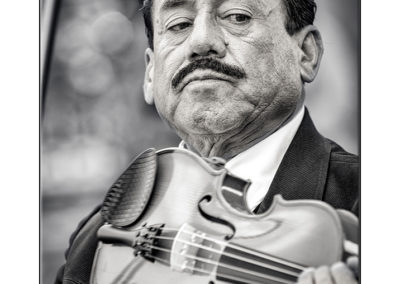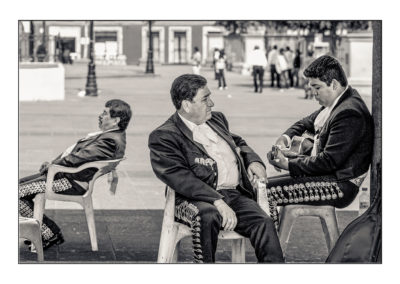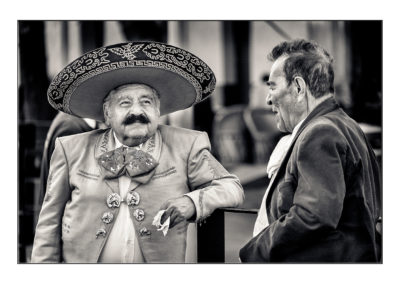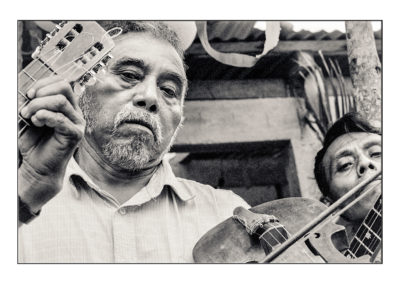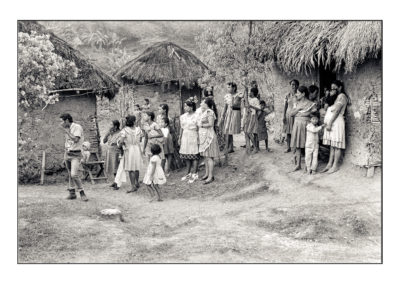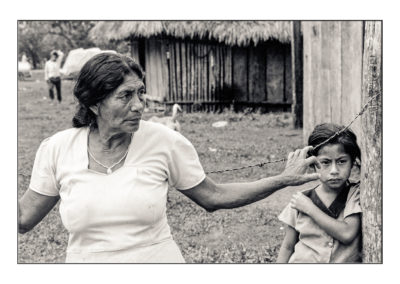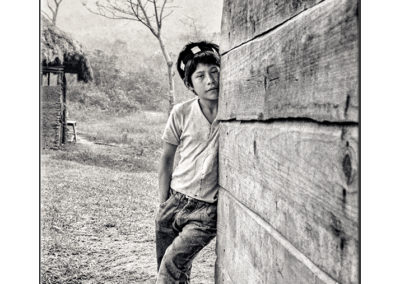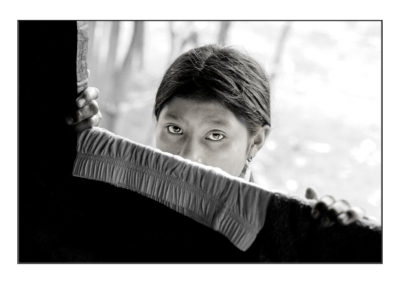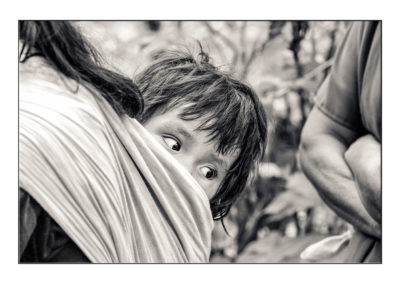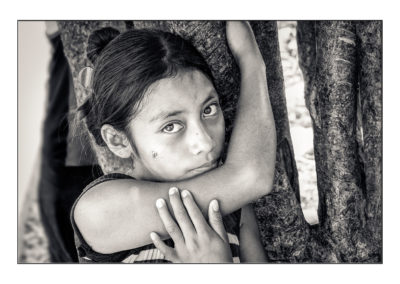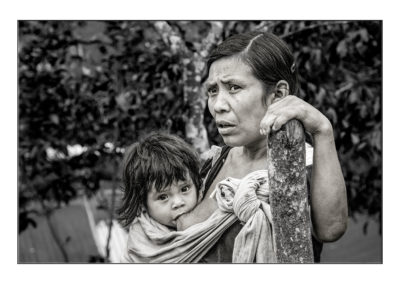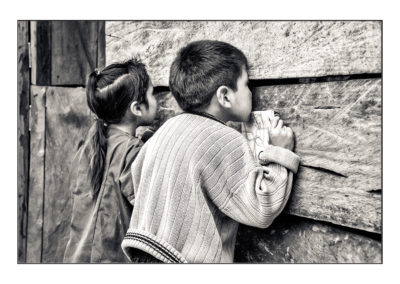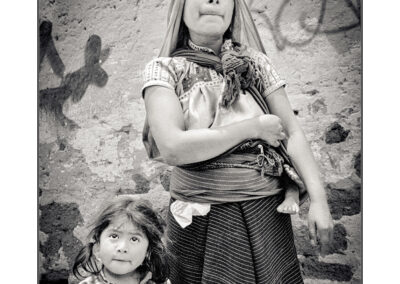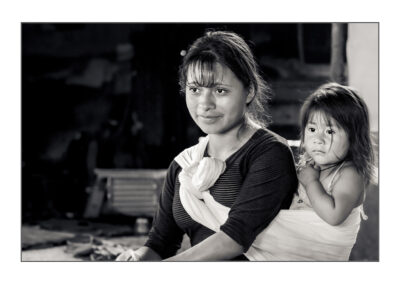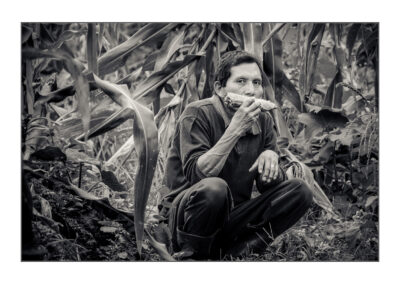MEXICO
| leggi il commento in fondo alla pagina | lee el comentario al final de la página | read the comment at the bottom of the page |
Italiano
Quando ho iniziato a viaggiare e fotografare in America Latina, più di venticinque anni fa, non immaginavo che ne sarei rimasto affascinato. Ho conosciuto quella parte del continente americano, in particolare del Centro America, che rimane spesso nascosta ma che è la parte più profonda, che rivela le sue radici nelle tante culture native. Culture che spesso vengono vissute con orgoglio fintanto che vengono considerate come cose morte, resti di un passato remoto da esporre in un museo. Culture che, nondimeno, sono vive e si esprimono nelle tante comunità indigene dell’America Latina. In Messico, per fare un esempio, coesistono cinquantasei differenti etnie native che affondano le loro radici nella storia precedente al colonialismo. In questi anni ho avuto l’opportunità di conoscere queste comunità, soprattutto Maya del Messico e del Guatemala, di vivere e lavorare con loro e, in alcuni casi, anche di lottare con loro.
Español
Cuando comencé a viajar y fotografiar en América Latina, hace más de veinticinco años, no imaginaba que quedaría fascinado. Conocí esa parte del continente americano, en particular de Centroamérica, que a menudo permanece oculta pero que es la parte más profunda, que revela sus raíces en las muchas culturas nativas. Culturas que a menudo se viven con orgullo siempre y cuando se consideren cosas muertas, restos de un pasado remoto para exhibir en un museo. Culturas que, no obstante, están vivas y se expresan en las muchas comunidades indígenas de América Latina. En México, por ejemplo, coexisten cincuenta y seis diferentes etnias nativas que hunden sus raíces en la historia anterior al colonialismo. En estos años he tenido la oportunidad de conocer estas comunidades, sobre todo las Mayas de México y Guatemala, de vivir y trabajar con ellas y, en algunos casos, también de luchar con ellas.
English
When I started traveling and photographing in Latin America more than twenty-five years ago, I did not imagine that I would become fascinated by it. I discovered that part of the American continent, particularly Central America, which often remains hidden but is the deepest part, revealing its roots in the many native cultures. Cultures that are often embraced with pride as long as they are considered dead things, remnants of a distant past to be exhibited in a museum. Cultures that, nonetheless, are alive and express themselves in the many indigenous communities of Latin America. In Mexico, for example, fifty-six different native ethnic groups coexist, rooting their history in the pre-colonial era. Over the years, I have had the opportunity to get to know these communities, especially the Maya of Mexico and Guatemala, to live and work with them, and, in some cases, even to struggle alongside them.

